
University of Kelaniya – Master of Arts (MA), Master of Social Sciences (MSSc) Degree Programmes 2025
Calling Applications for MA / MSSC Degree Programmes (Intake 2025/2026) Conducted by …
Government Job Vacancies, Courses, Exam Results, Past Papers

Calling Applications for MA / MSSC Degree Programmes (Intake 2025/2026) Conducted by …
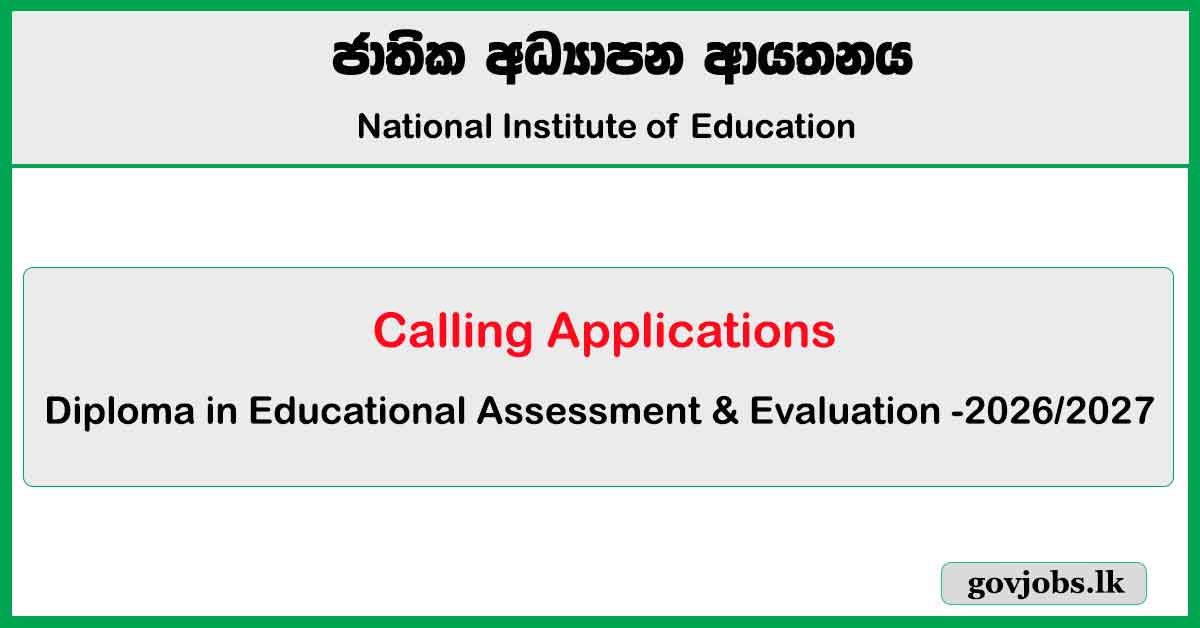
Calling Applications for Diploma in Educational Assessment & Evaluation 2026/2027 Conducted by …
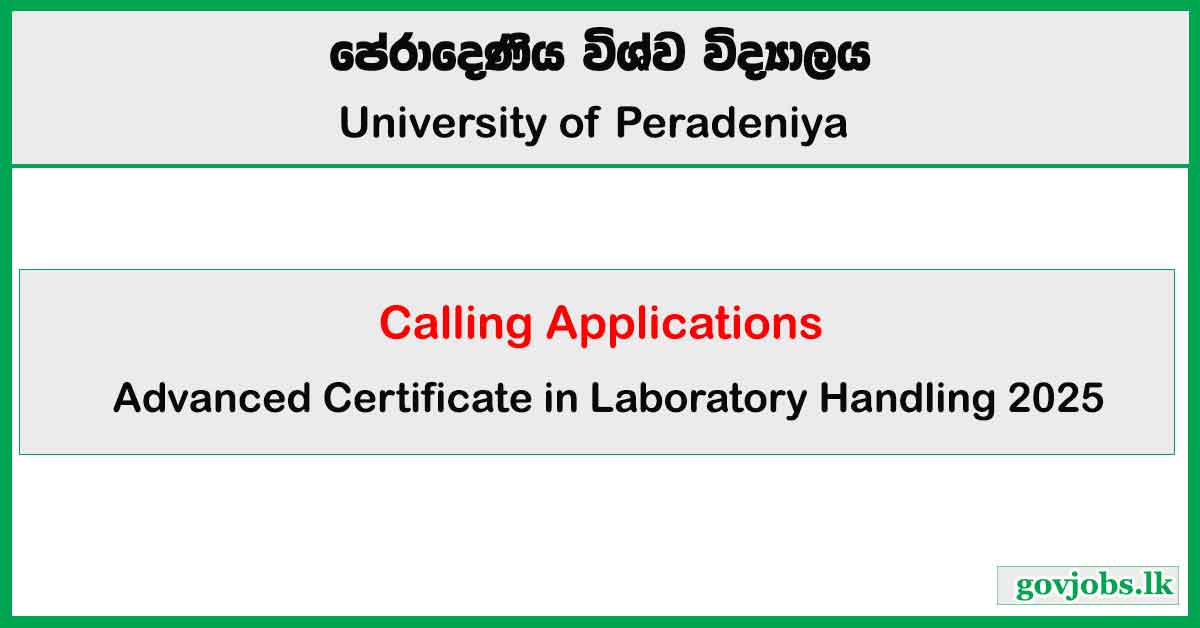
Calling Applications for Advanced Certificate Course in Laboratory Handling (Intake 2025) Conducted …

Calling Applications for Bachelor of Laws (LLB) Degree Programme (Entrance Examination) …

University of Kelaniya Calling Applications for External Degree Programmes for Academic …

University of Colombo Calling Applications for Diploma in Ayurveda Pharmacy (Intake …

Gampaha Wickramarachchi University Calling Applications for Diploma in Yoga and Relaxation …
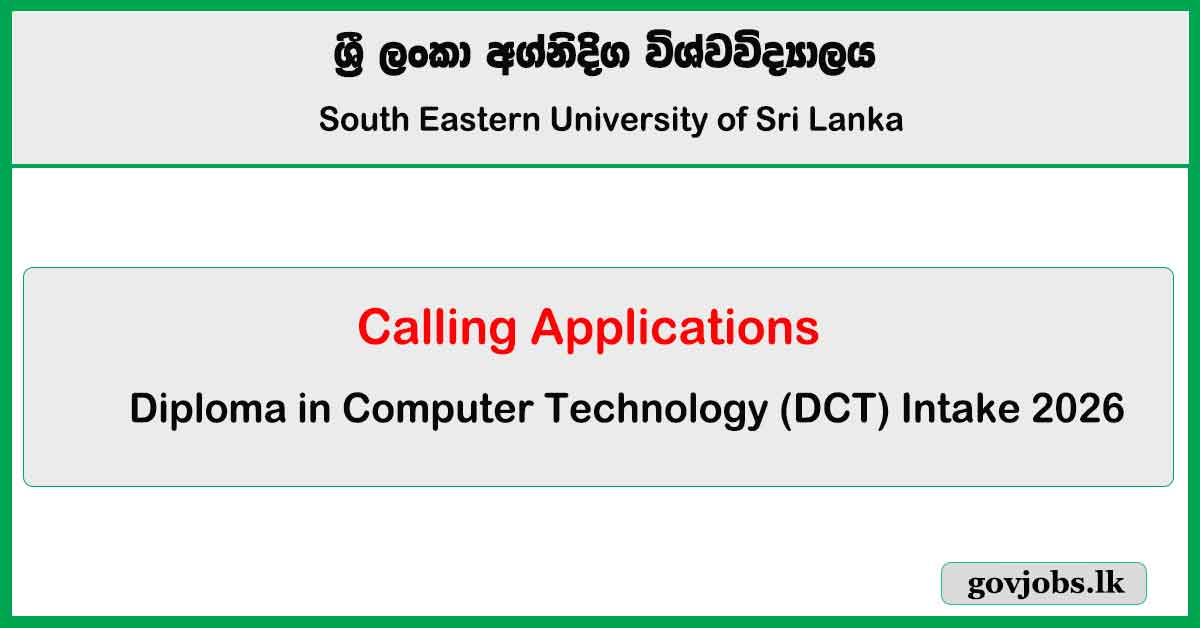
South Eastern University (SEUSL) Calling Applications for Diploma in Computer Technology …
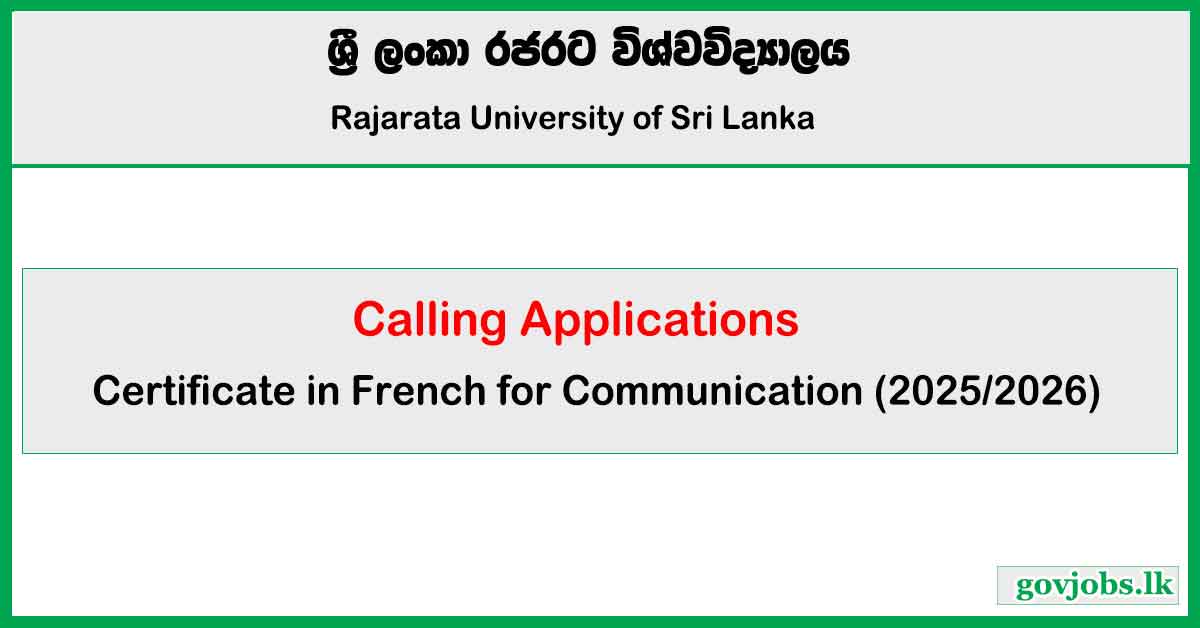
Rajarata University Calling Applications for Certificate in French for Communication (2025/26 …
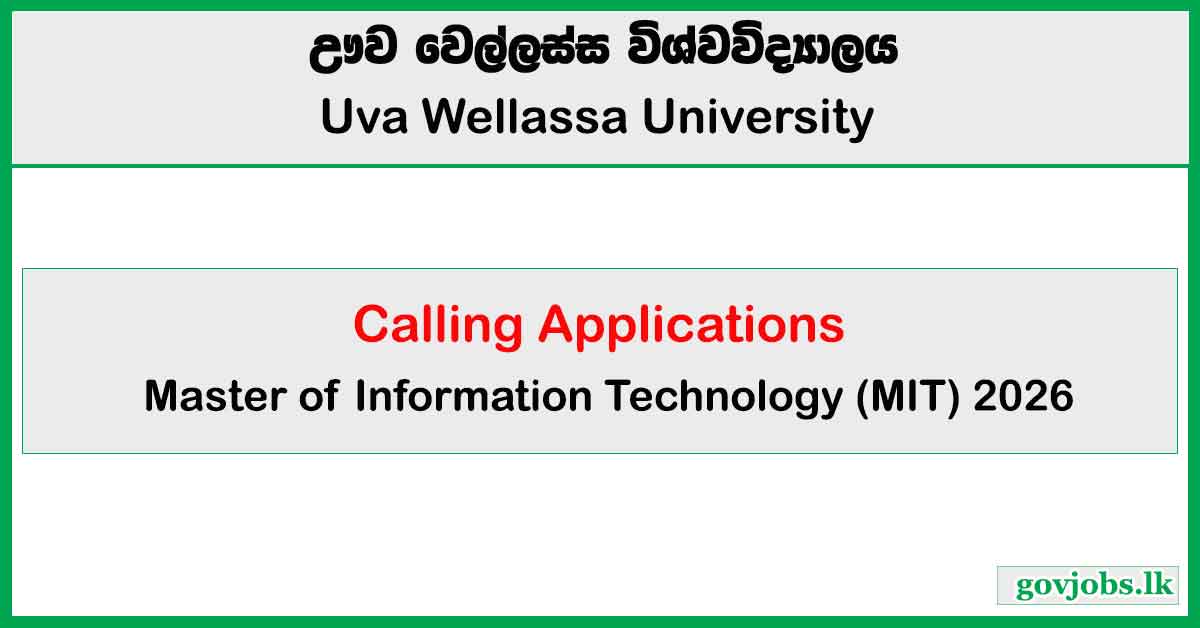
Uva Wellassa University Calling Applications for Master of Information Technology (MIT) …